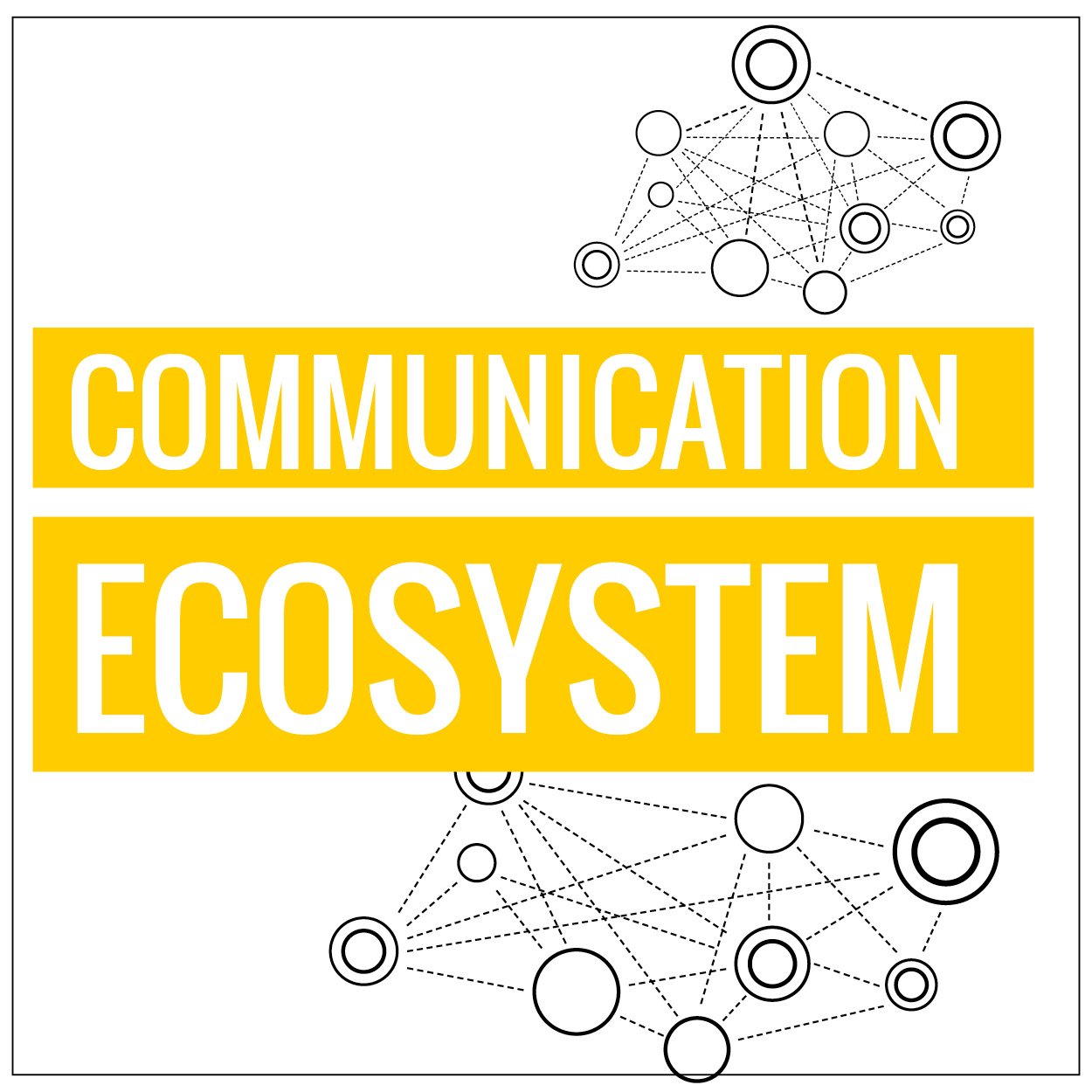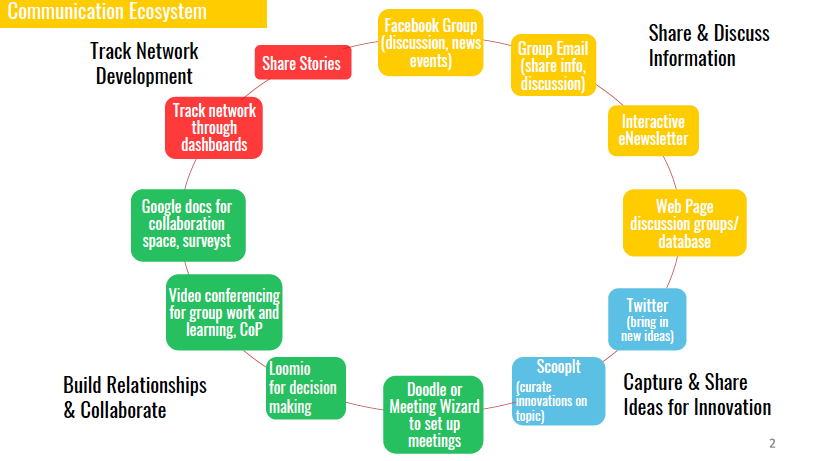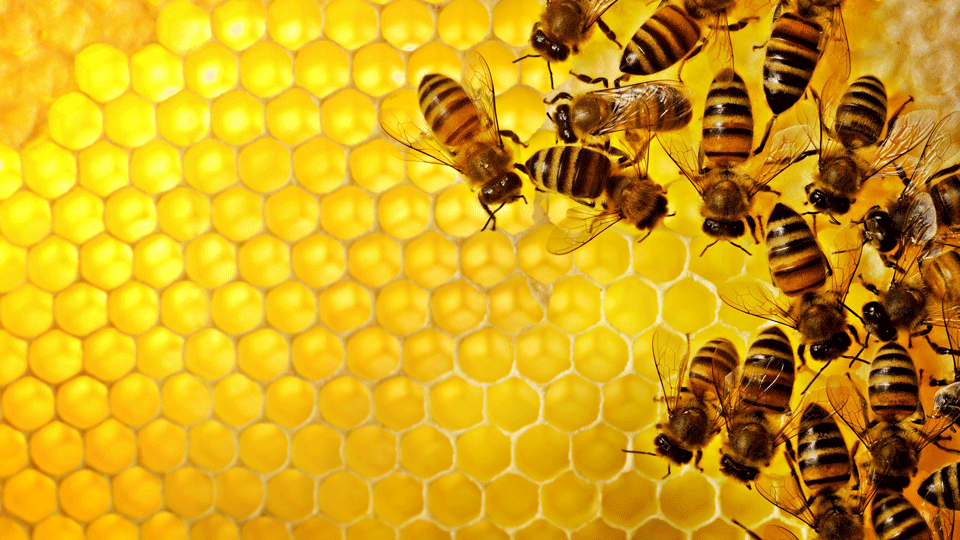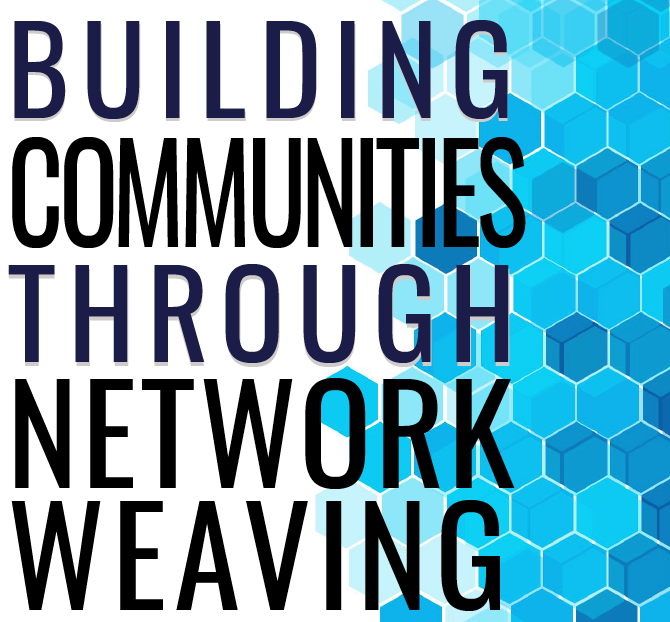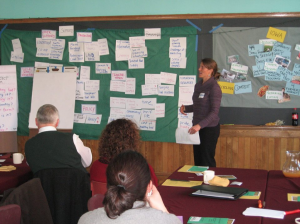Communication Ecosystem
A new downloadable free item is up on the Network Weaver Resources page.[ap_spacing spacing_height="20px"]
One of the most critical support structures for networks is a well-thought out communications ecosystem - a set of tools and platforms that enable everyone in the network to connect and collaborate directly with anyone else in the network.
This kind of communication system is quite different from the broadcast strategy of many organizations, where the organization sends out information via a newsletter and/or website but has no avenues for people to respond or build connections to each other.
A communication system that supports interaction among network participants needs to fill four functions:
- Provide spaces and places for discussing ideas and for sharing what has been learned. [ap_spacing spacing_height="15px"]
- Ensure that everyone has access to new ideas and innovations from other communities and networks.[ap_spacing spacing_height="15px"]
- Many places for network participants to get to know each other and deepen relationships, and to work together collaboratively.[ap_spacing spacing_height="15px"]
- Ways to track network development (network leadership, network values, collaboration and collaborative skills, stages of network development, development of network support structures, network stories, etc) and use this data to enable the network to move more rapidly to a system shifting networks. [ap_spacing spacing_height="15px"]
[ap_spacing spacing_height="15px"]You can use the free handout in the Resources section to engage participants in your network in a process to help co-design your network's communication ecosystem. Share the handout with any network participants who are interested and begin to fill out the page with blank boxes
NENAD MALJKOVIC
CLICK HERE to download Communication Ecosystem handout.
Three Ways To Foster Education On Complexity Using Network Visualizations
There should be more focus on systems thinking in education, Roland Kupers argues convincingly in the Global Search for Education on the Huffington Post. As complexity always involves interconnectedness between components, I find network visualization particularly useful in my educational practice.
- It creates systemic awareness, because users are forced to think about interrelationships: linear versus non-linear relations; coping with uncertainty; etc.
- It counterbalances the urge to automatically take the reductionistic approach to problems and issues. In other words: next to analysis –quite literally: taking apart to study the components- it makes room for synthesis –zooming out to the constellation on the system level.
- It provides a kickstart for introducing key concepts in a non-technical way.
- It fosters dialogue between students, pupils or stakeholders.
Here, I provide three ways I find promising to explore further.
[ap_spacing spacing_height="20px"]1. Promote Network Literacy in primary, secondary and tertiary education simultaneously
I am grateful to the NetSciEd-initiative for having coined the term Network Literacy, to promote the use of network science concepts in primary and secondary education. This could involve the creation of conceptual network visuals, drawn by hand. It could also entail creating more formal networks made with datasets and software.
I am convinced this is an excellent way to build on young people’s innate capacities of exploration, wonder, creativity and sense of interconnectedness.
However, I think it will take some effort to create leverage with teachers in our present day educational system. As Kupers points out, this system is characterized by high degrees of path dependency, with a firm basin of attraction in the reductionistic tradition. From my experience with education in the Netherlands, I agree with him. Therefore, I would also suggest promoting Network Literacy in tertiary educational curricula, to teach the teacher.
[ap_spacing spacing_height="20px"]2. Use network visualization to integrate Network Literacy with 21st Century Skills in curricula
I see 21st Century Skills like creativity, critical thinking and effective cooperation getting more and more popular in designing new educational curricula. Through my experiments with network visualizations I discovered that they can help both students and professionals to work on these skills.
I experimented with network visuals in professional education settings, e.g. with journalists and journalism students. This ‘Systemic journalism’ enabled them to create more angles and story ideas, fostered their willingness to share knowledge and enhanced a more future-oriented perspective.
Imagine a class of journalism students, each researching municipal financial policy in relation to construction projects.
In drawing network visuals of interconnected stakeholders, they applied creativity and critical thinking skills. In presenting and discussing their visuals, they tested basic network literacy skills as well as communication and problem solving skills.
Kupers asks, “How can a student pose a question in a physics class, based on an insight gained in a poetry class?”. Using some kind of network visualization could help creating a non-technical common complexity language.
[ap_spacing spacing_height="20px"]3. To enhance momentum, visualize the process of change in education itself
Kupers says, “the level of change required is both subtle and profound. In keeping with insights on how systems learn and change, it appears best to experiment widely, connecting and building on pockets of progress.”
Identifying key innovators, hubs and other players in the educational network, and visualizing their interconnectedness can have a profound impact on the pace of change.
In a similar context, I helped setting up an interactive graphic depicting a ‘city ecosystem of social initiatives’. Using software from Kumu, an overall view looks like this:

Publishing a network visual like this not only helps spreading knowledge, but also triggers people to (inter)act.
Further exploring these three paths to me looks like a promising strategy.
"The task of knowing is to swim in the complex" -David Weinberger
Originally published May 16, 2016 on LinkedIn
Why Networks?
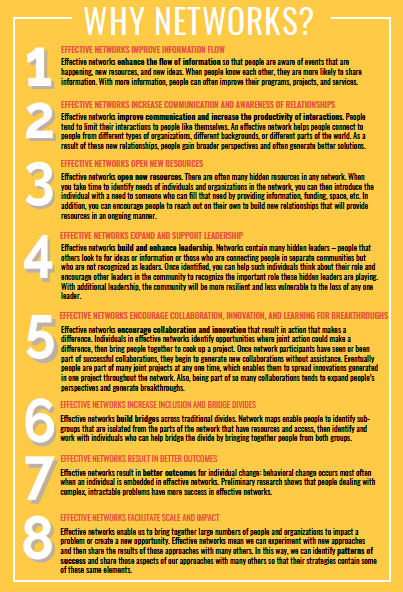
Many people are asked "Why networks?" or "When does it make sense to use a network approach?"
This handout explains all and makes it easy for you to email to someone with a response.
Why Networks? is newly added to our RESOURCES page… and it’s FREE!
To download, CLICK HERE.
Building Communities Through Network Weaving
In 2004, Valdis Krebs and I collaborated on an article that described the stages of network development and introduced the term network weaver.
In 2005 an edited version of this paper was included in the Nonprofit Quarterly.
This article is newly added to our RESOURCES page... and it's FREE!
To download CLICK HERE
[ap_spacing spacing_height="15px"]
A NETWORK OF NETWORKS
Editor’s note: I’ve become more and more convinced that networks are much more effective when they are also part of networks with other networks, where they can share information, learn, support each other with challenges and organize larger collaborative actions especially policy change. We will have a series of blog posts in the coming weeks about the different types of networks of networks and steps in developing them.
Food system networks have been in the forefront of this development. Here Ken Morse describes the Maine Network of Community Food Councils.[ap_spacing spacing_height="20px"]
Higher Level Network of Networks
I co-coordinate the Maine Network of Community Food Councils (MNCFC), made up of a growing number of community councils (currently 12, mostly multi-town) that act as local networks, with the Maine Network knitting these together in a Network of Networks.
For the last year, we have been organizing conversations with many other Maine groups with the idea of weaving together the over 100 groups, networks and non-profits working towards rebuilding Maine’s food supply. So a higher level Network of Networks, or you could almost say a Network of Networks of Networks.
We try to study biological models of organizations, seeing “networks” as a biological approach to social organization, much the way sustainable food systems are a biological alternative to industrial agriculture.
[ap_spacing spacing_height="20px"]The Shared Gifting Process
One tool we have used within MNCFC is our Shared Gifting process. MNCFC is largely grant supported and we devote about half our budget to allocations to local councils, using a Shared Gifting process that we adapted from RSF Finance in California. All Councils submit proposals for this funding, all proposals go out to all Councils, then we have a special Shared Gifting meeting, where each council presents their proposals. Each Council is assured of funding for part of their work, and then have an allocation that they can share with other Councils. [ap_spacing spacing_height="20px"]
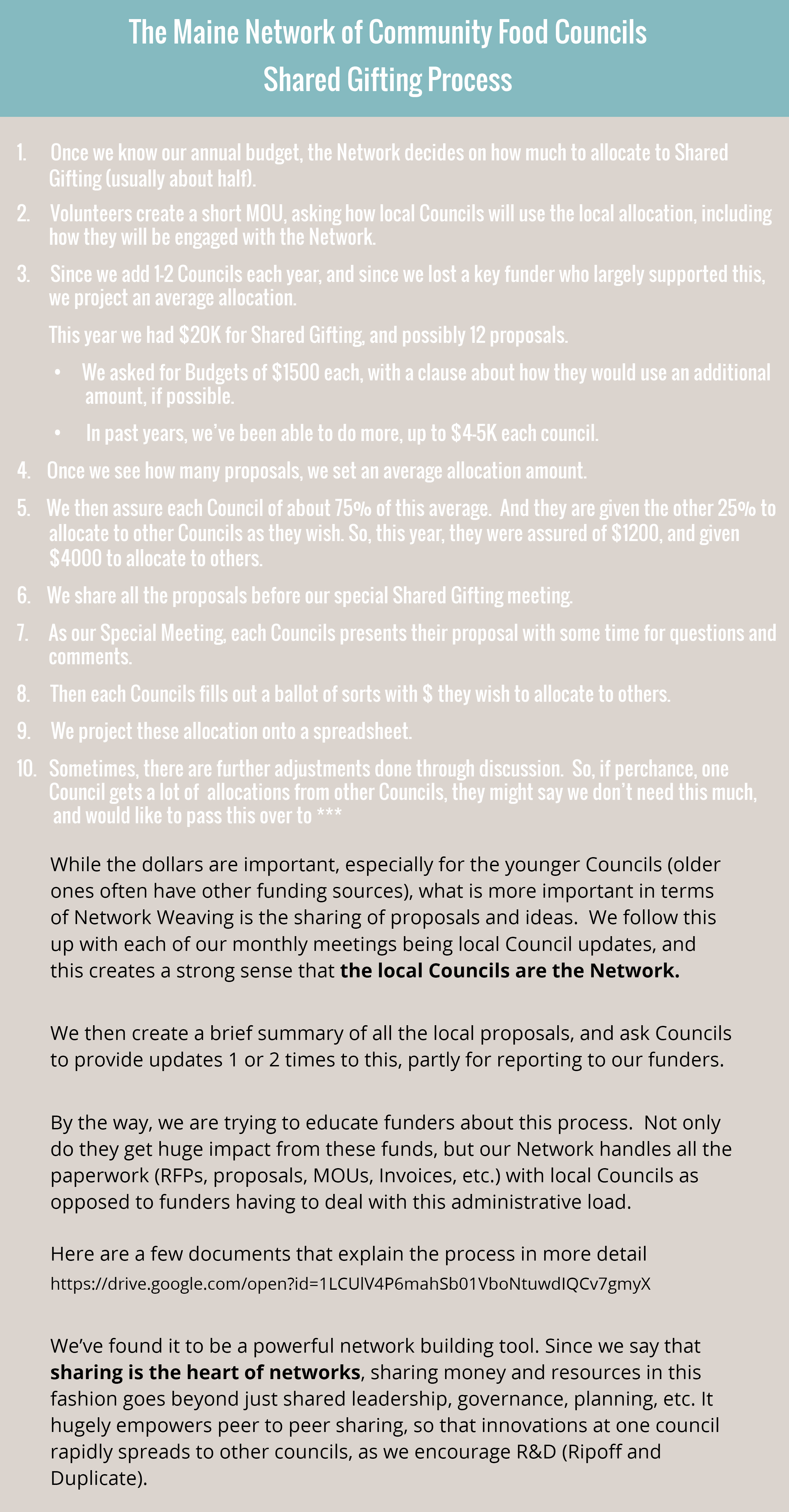
[ap_spacing spacing_height="20px"]Here are a few documents that explain the process in more detail.
[ap_spacing spacing_height="20px"]Enriching Peer to Peer Sharing
This process mightily enriches the peer to peer sharing at the heart of MNCFC. Each Council learns about the work of the others, and then our meetings throughout the year are heavily focused on Community updates. Councils really begin to feel like they are the network, and innovation is greatly accelerated through replication of local initiatives across the Network.
We are interested in other network building tools like this. And in our “networks of networks” work, we are especially interested in questions of structure and communication ecosystems. And stories about how we can help folks who are somewhat stuck in organization or institutional frameworks to make the leap into network mindsets.
So, in any regard, we are delighted to be connecting with you and other national partners to dig deeper into this cutting edge work. [ap_spacing spacing_height="20px"]
Ken Morse
Community Food Strategies
Co-Coordinator, Maine Network of Community Food Councils
Leadership Team, Maine Farm to Institution[ap_spacing spacing_height="15px"]
Another wonderful resource Ken shared with me is a video call with four State Food Networks of Networks https://youtu.be/6wgIvqzHs8E. If would like to learn more about statewide food networks, also check out this article by University of Minnesota Extension on Cultivating Collective Action: The Ecology of a Statewide Food Network (2015)

